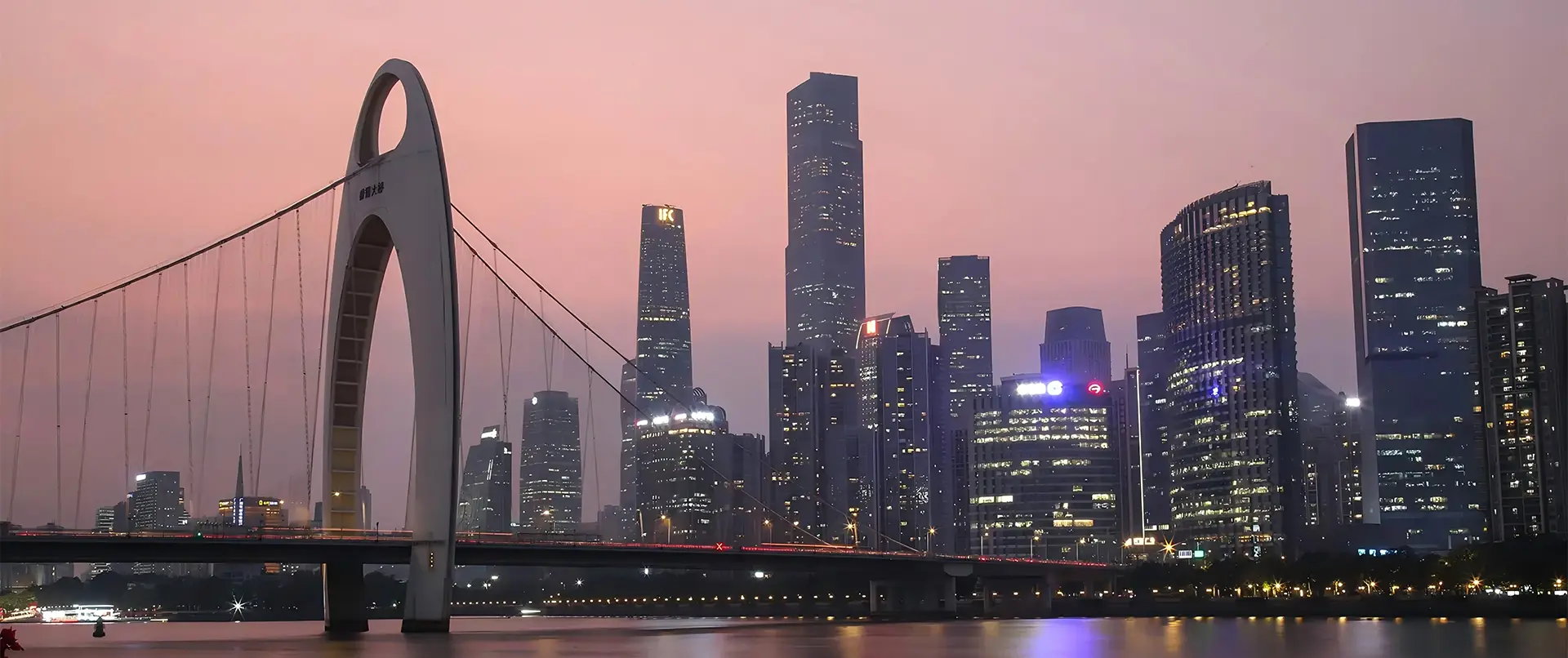Unlocking the Secrets of Best Cad Rendering Specifications and How to Achieve Stunning Results
In the rapidly evolving landscape of design and architecture, the importance of high-quality CAD rendering cannot be overstated. According to a report by MarketsandMarkets, the global CAD market is projected to reach USD 11.4 billion by 2026, reflecting the increasing demand for advanced visualization tools across industries. CAD rendering not only enhances the visual appeal of designs but also plays a crucial role in conveying concepts and facilitating client approvals. However, achieving stunning results in CAD rendering requires a firm grasp of best practices and specifications that are often overlooked. This guide aims to unlock the secrets behind optimal CAD rendering techniques, empowering designers and architects to elevate their projects and captivate their audiences effectively.

Understanding the Importance of CAD Rendering Specifications in Various Industries
In today's rapidly evolving industries, the significance of CAD rendering specifications cannot be overstated. These specifications serve as a crucial foundation for delivering accurate, high-quality visual representations of designs. According to a report by Allied Market Research, the global CAD software market is expected to reach $11.02 billion by 2027, growing at a CAGR of 7.4%. This rapid growth highlights the increasing reliance on precise CAD renderings across sectors such as architecture, manufacturing, and engineering, where visual clarity can directly influence decision-making processes.
Moreover, different industries are adopting specific CAD rendering standards to enhance their workflows and communicate ideas more effectively. For instance, in the architecture and construction sector, a study by McKinsey notes that a significant 41% of projects are running late, largely due to inadequate communication and visualization techniques. By utilizing detailed CAD rendering specifications, firms can mitigate these challenges, ensuring that all stakeholders have a clear understanding of the project scope and anticipated outcomes. Such clarity not only improves project delivery timelines but also boosts client confidence in the designs being proposed.

Essential Tools and Software for Achieving High-Quality CAD Renderings
Achieving high-quality CAD renderings requires the right blend of tools and software tailored to your specific design needs. As reported, the market boasts a diverse array of CAD software, from user-friendly platforms suitable for beginners to advanced solutions for experienced professionals. According to recent assessments, 2025 is expected to showcase the best interior design software with powerful features that streamline the design process and enhance visual output. This evolution in software capabilities is vital for achieving stunning results in rendering projects.
Additionally, integrating AI-powered tools into your workflow can greatly enhance efficiency and creativity. The recent emergence of AI 3D generators allows designers to create intricate models and animations swiftly, which can complement traditional CAD applications. Moreover, architects have found value in versatile software like 3D sculpting programs that cater to organic model creation, demonstrating the industry's push towards more intuitive and dynamic design solutions. Such tools are essential for anyone looking to elevate their design projects in a competitive landscape.
CAD Rendering Quality Analysis
Step-by-Step Guide to Creating Stunning CAD Renderings
 Creating stunning CAD renderings requires a strategic approach and a deep understanding of software capabilities and design principles. A step-by-step process can significantly enhance the quality of your outputs. According to a report by the National Institute of Standards and Technology (NIST), the effective use of rendering tools can reduce design errors by up to 30%, making precision essential. Start with high-quality 3D models, ensuring that your geometry is clean and appropriately scaled. Utilize software features such as layers and textures to add realism.
Creating stunning CAD renderings requires a strategic approach and a deep understanding of software capabilities and design principles. A step-by-step process can significantly enhance the quality of your outputs. According to a report by the National Institute of Standards and Technology (NIST), the effective use of rendering tools can reduce design errors by up to 30%, making precision essential. Start with high-quality 3D models, ensuring that your geometry is clean and appropriately scaled. Utilize software features such as layers and textures to add realism.
Next, lighting plays a crucial role in achieving realistic renderings. Industry studies indicate that manipulating light can make a significant difference in the final product, with up to a 25% increase in viewer engagement noted when optimal lighting techniques are applied. Experiment with different light sources, including ambient, point, and directional lights, to create depth and dimension. Finally, post-processing techniques can refine your renders; utilizing programs such as Adobe Photoshop can enhance color, contrast, and overall impact, confirming that the right finishing touches are just as critical as the initial design.
Real-World Applications: Case Studies of Successful CAD Renderings
In recent years, the demand for high-quality CAD renderings has skyrocketed, with industries like architecture and product design leveraging advanced visualization techniques to showcase their projects. Case studies highlight the effectiveness of these renderings; for instance, a report by the American Institute of Architects indicates that 70% of clients feel more confident making decisions when presented with photorealistic visuals. This underscores the importance of investing in advanced CAD rendering specifications, as they can be a game changer in client presentations and stakeholder meetings.
One standout case study involved a leading architectural firm that adopted enhanced rendering specifications, achieving a stunning 40% increase in project approval rates. By utilizing high-quality rendering tools, the firm was able to generate images that not only illustrated design intentions but also conveyed materials and lighting effects with remarkable accuracy. According to a survey published in the Journal of Design Sciences, 85% of professionals in the field agree that detailed renderings significantly improve collaboration and communication with clients, leading to successful project outcomes and satisfied customers.
Common Mistakes in CAD Rendering and How to Avoid Them
When it comes to CAD rendering, avoiding common pitfalls is essential for achieving stunning results. One prevalent mistake is neglecting lighting—poor lighting can wash out details or create unappealing shadows. To prevent this, utilize a balanced array of natural and artificial lighting sources, adjusting their intensity and angle to enhance the overall composition. Experimenting with different lighting settings can dramatically transform the mood of your rendering and highlight key features.
Another common error is the overuse of textures. While textures can add realism, excessive or poorly chosen patterns can lead to a cluttered image. To maintain a clean and professional look, choose textures that complement your design without overwhelming it. Focus on high-quality, subtle textures that enhance rather than distract from the main elements. Additionally, regularly reviewing your work from different angles can help you identify areas where simplification is needed, ensuring that the final product is cohesive and visually appealing.
Unlocking the Secrets of Best Cad Rendering Specifications and How to Achieve Stunning Results - Common Mistakes in CAD Rendering and How to Avoid Them
| Specification Aspect | Recommended Value | Common Mistakes | Avoidance Tips |
|---|---|---|---|
| Rendering Resolution | 1920x1080 (Full HD) | Using low resolution | Always set the resolution based on the final output requirement. |
| File Format | PNG or TIFF | Saving as JPEG | Choose formats that preserve quality and support transparency. |
| Lighting Setup | Three-point lighting | Using inadequate lighting | Experiment with different angles and intensities. |
| Material Quality | High-resolution textures | Using low-quality textures | Invest in high-quality textures for realism. |
| Post-Processing Effects | Color correction and shading | Neglecting effects | Use software tools to enhance final images. |
| Camera Angles | Multiple perspectives | Limited viewpoints | Explore various angles to showcase design features. |


